As a homeowner, you can likely relate to the common sentiment that when it comes to your home to-do list, “there is always something.” From standard up-keeping like changing light bulbs and air conditioning filters to replacing aging appliances, or even more arduous projects like repairing a leaky roof, it’s no secret that homeownership can come with a hefty price tag. And as you settle into retirement years on a reduced or fixed income, budgeting for these home upkeep and projects has the potential to become a project of its own. Luckily, it doesn’t have to be.
If you’re a homeowner age 62 or older, a Home Equity Conversion Mortgage (HECM) – also known as a reverse mortgage – allows you to convert a portion of the equity in your home into cash to use as you see fit. A powerful financial tool for retirees, a reverse mortgage is designed to help you age in place, supplementing monthly income to provide funding for home projects or any other expenses that may come your way. The key phrase here is “in place.” In order to qualify for a reverse mortgage, you must meet the loan’s occupancy requirements – specifically, remaining in the home as your primary residence.
If you’re considering tapping into your home equity with a reverse mortgage, here are some of the home occupancy requirements you’ll need to know.
Before the Loan
In the same way borrowers applying for a new purchase or “forward” mortgage loan must occupy the home, a reverse mortgage requires you to live in the property as your primary residence. However, while traditional forward mortgages only require the borrower to occupy the home as their primary residence for at least one year, FHA reverse mortgages require you to use the property as your primary residence for the entire lifetime of the loan.
When it comes to the reverse mortgage application process, occupancy verification is paramount. Upon receiving your application, a loan underwriter will verify occupancy by reviewing information and documentation, such as property tax records, voter registration, driver’s licenses, utility bills, credit reports, and phone records. The top area of reverse mortgage fraud revolves around occupancy, so the goal here is to provide proof of residence in your home.
During the Loan
After you’ve secured the reverse mortgage loan, you must comply with the second general rule for occupancy. Simply stated, you continue to meet occupancy requirement qualifications as long as you do not leave your home as your primary residence for more than 12 consecutive months. It’s important to note that this residential requirement does not force you to live in the home 24/7/365 – you are free to travel and come and go as you please.
For example, if you like to spend the winter in a warmer climate or visit your vacation home during the summer months, you could still meet occupancy qualifications. As long as the house used for the reverse mortgage remains your primary residence, you are entitled to leave for designated periods of time – whether it be for travel or medical treatment purposes.
Regardless of the circumstances, once you’ve vacated the property for 12 consecutive months, the reverse mortgage loan becomes eligible to be called due and payable. This is not meant to cause alarm, but rather, it signifies that the objective of the loan has been met and you’ve remained in your home as your primary residence for as long as you were able.
Annual Occupancy Certification
Now that we’ve covered the occupancy requirements for reverse mortgages, let’s cover how they are enforced. Every year, the US Department of Housing and Urban Development (HUD) requires reverse mortgage borrowers to provide proof that they still occupy the home by signing an annual occupancy certification. This document is sent around the anniversary date of the reverse mortgage, and the borrower is expected to sign and return it in a timely fashion – typically, within 30 days.
While each loan servicer has variations of this certificate, they all typically require the homeowner(s) to certify that they haven’t sold or conveyed title to the property, were not absent for more than 12 consecutive months, and have notified the servicer if they were absent for more than 2 months due to reasons other than illness. Regardless of the various questions on the form, its main intention is to simply state the occupancy guidelines and ask the borrower to acknowledge that they are still residing in the home as their primary residence. Not only does the annual occupancy certificate protect the lender in terms of fraud, it also protects the borrower from having a loan called due prematurely.
Research shows that nearly 90% of people over age 65 want to stay in their home for as long as possible1 – aka “age in place.” If you fall into this group, a reverse mortgage could provide the monthly cash flow to help you do so. From keeping more money on hand to pay for everyday bills and expenses, to setting aside funds to help pay for long-term care in the future, or even leveraging the funds to make updates, repairs, or modifications to your home, there is no shortage of ways to use the money from a reverse mortgage loan.
Want to see how much you can qualify for? Check out our reverse mortgage calculator or contact the Longbridge team for more information today.




